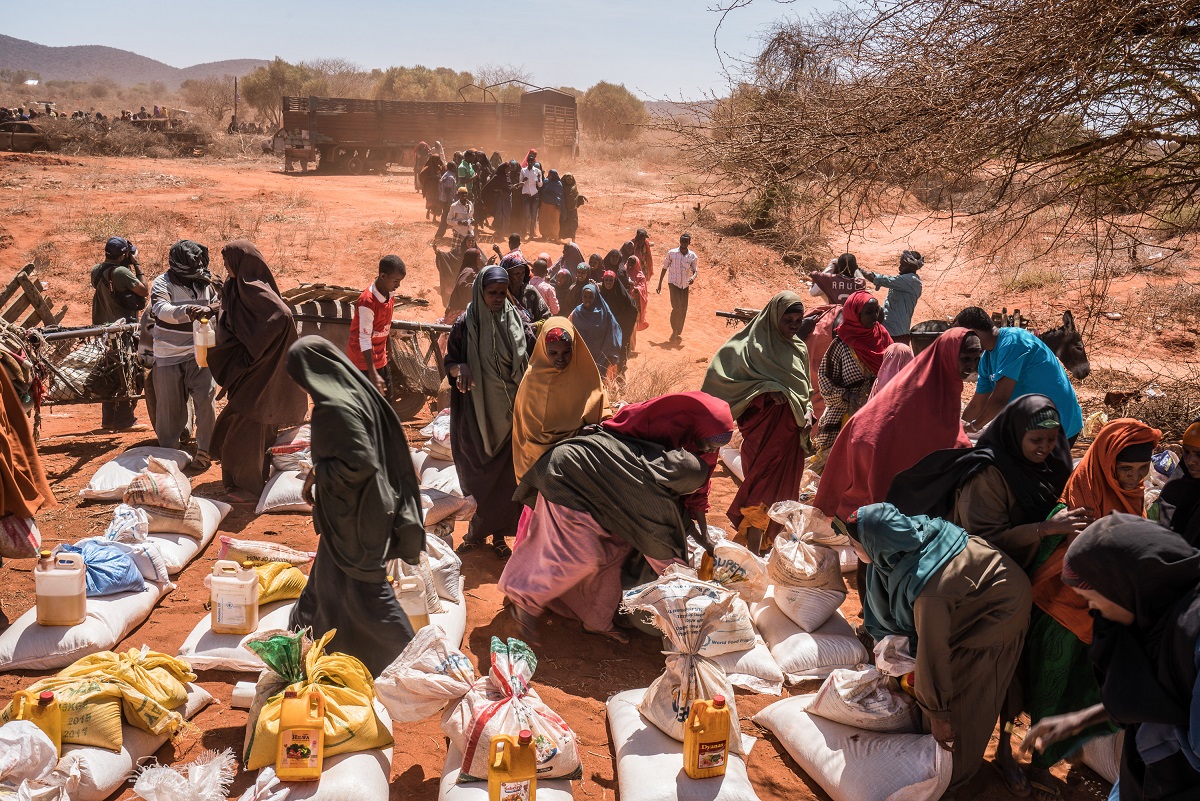Humanitarian emergency in Somalia requires special attention
International actors are focusing on life-saving measures in preparation for a conference on drought in the Horn of Africa arranged for 26 April. Half of the population of Somalia needs humanitarian support due to a drought affecting the entire country coupled with ongoing conflict.

The Horn of Africa is suffering its worst drought in decades. Conditions are most severe in Somalia, where a rapid increase in malnutrition is carrying the country towards famine by June 2022. Some 4.8 million people are already suffering from starvation, and their numbers are expected to reach up to 6 million by June.
A total of 15–16 million people in Ethiopia, Kenya and Somalia are in urgent need of food aid. Russian invasion of Ukraine is exacerbating the situation due to resulting increases in the price of food.
A conference on drought in the Horn of Africa organised by the UN and the EU on Tuesday, 26 April will seek solutions to this situation. The focus in Somalia is now on life-saving measures, meaning food security, water and health services. The need for aid is pressing: only four per cent of the UN emergency aid appeal for Somalia has so far been funded.
Children are at particular risk, with some 1.4 million children currently suffering from acute malnutrition and up to 350,000 children under the age of five years at risk of dying within a few months. Seventy per cent of school-age children are not currently attending school. Impaired nutrition and illness also hamper schooling, which affects the future life prospects of children.
Drought forces migration flows
Some 3 million people are now internally displaced in Somalia. This is the highest proportion of population in the Horn of Africa region. It is estimated that one third of the population will soon be internally displaced. This will put great pressure on cities in particular, with an impact on future international migration.
The spread of disease is a major problem, including a wave of measles that has taken hold. The coming rainy season can no longer bring relief to the humanitarian consequences of the drought, and may even exacerbate the spread of waterborne diseases in particular. An increased incidence of such diseases has already been reported at more than 400 camps for the internally displaced.
Climate change increases conflicts
Conditions in Somalia will further deteriorate due to climate change. According to the UN, up to 90 per cent of Somalia could become uninhabitable by 2030. Natural disasters and resource shortages caused by climate change are one of the main causes of local conflict. While the population of Somalia is accustomed to moving within and across international borders according to changes in living conditions, there is no longer any country to go to because of the drought in the Horn of Africa region. Long-term resource shortages can also lead to wider conflicts.
Conditions in Somalia are also hampered by access restrictions to areas under the control of al-Shabaab. While the short-term humanitarian crisis may weaken al-Shabaab, its role in a fragmented society may be significantly strengthened in the longer term. There is particular concern for the young population of Somalia (80 per cent of the population is under the age of 35 years), as current conditions and a lack of prospects are fostering uncertainty about the future and creating a breeding ground for non-state actors.
Long-term solutions are also needed in addition to a humanitarian aid response to acute distress. All forms of support must be harmonised. Besides humanitarian aid, there is a need for peace work and long-term development cooperation to strengthen social services in the country. It is also crucial to support both adaptation to and mitigation of climate change in every way.
Johanna Jokinen-Gavidia, Deputy Ambassador, and Nita Syväoja, Horn of Africa coordinator
Embassy of Finland in Nairobi
